
 Private sector will lead the economic growth this year to reach 5.8 per cent
Private sector will lead the economic growth this year to reach 5.8 per cent
International Monetary Fund (IMF) has projected that Saudi Arabia's non-oil GDP growth will hit 4.3 per cent this year and 3.6 per cent in 2022, thus reaffirmng the continued recovery of its economy and slowdown of inflation of Consumer Price Index (CPI).
The overall private sector will lead the growth this year to reach 5.8 per cent, and it will continue in the medium and long term with an average growth of 4.8 per cent, stated IMF in the 2021 Article IV consultation released recently.
The IMF staff have commended the Saudi government's swift and decisive response to Covid-19 pandemic, and the early creation of a Supreme Crisis Committee to manage and co-ordinate the efforts between government agencies.
The reforms being implemented earlier within the framework of the Saudi Vision 2030 played an instrumental role in helping the kingdom's economy overcome the pandemic, they stated.
According to IMF, the growing digitisation of government and financial services in additon to the reforms to increase labour market mobility and strong policy buffers all meant the economy was well equipped to manage the Covid crisis.
Moreover, the “Private Sector Financing Support Programme,” launched by the Saudi Central Bank, contributed to supporting SMEs in facing the challenges of the pandemic.
The IMF staff reaffirmed that the policies to support the non-oil economy have been successful, that the creation of the high-level Crisis Response Committee” was central to effectively and pro-actively managing the crisis, and that strict early containment and health mitigation measures limited cases and fatalities.
On the current economic performance, IMF believes that the “Shareek” partnership programme will offer incentives through the tax system, access to credit, and regulatory reforms to encourage investment. Moreover, they believe that the labour market reforms (cancellation of Kafala sponsorship system) will result in a more competitive labour market that is more attractive to expatriates.
On the ongoing reforms to boost female employment, the staff project a continued rise in female labour force participation rates (increased by 13 percentage points to over 33 percent over the past two years).

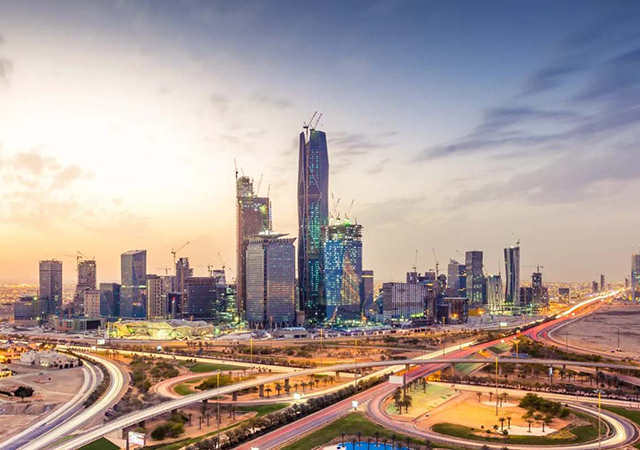

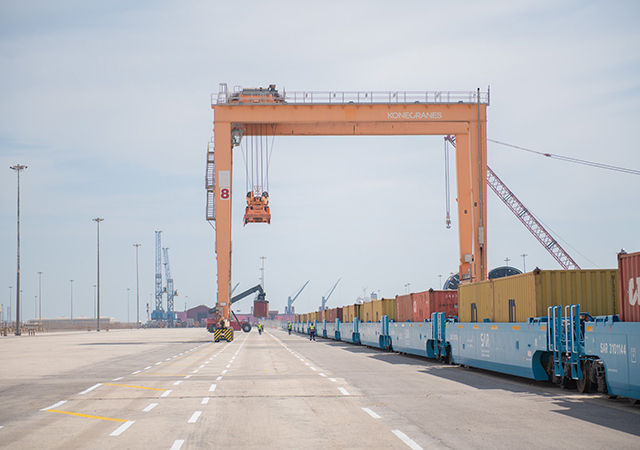

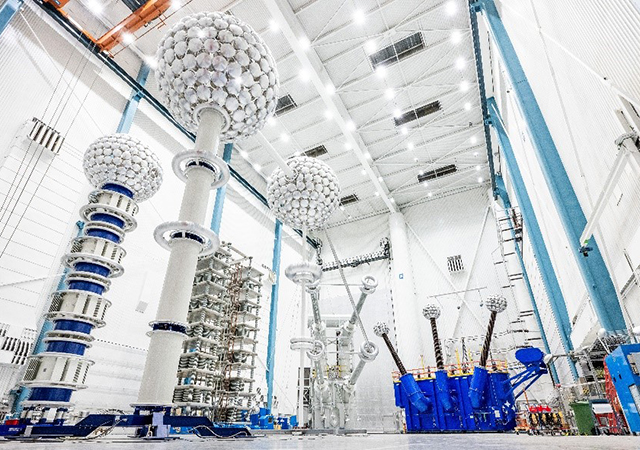
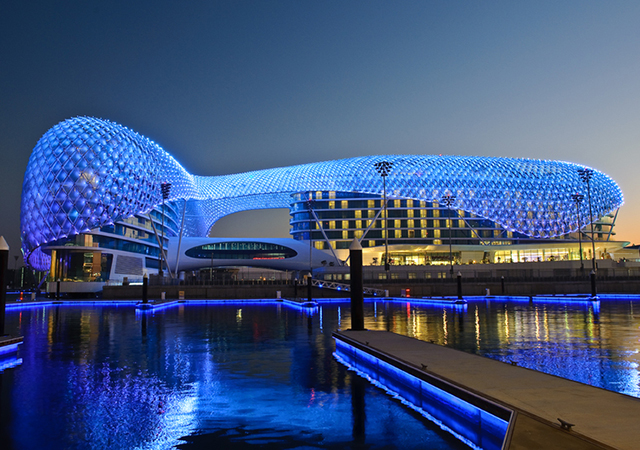
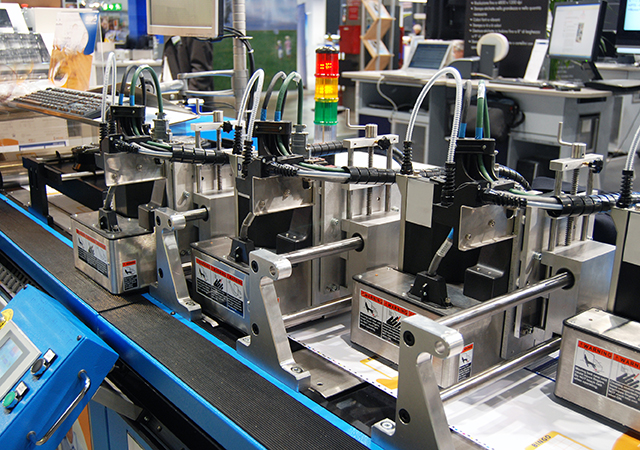

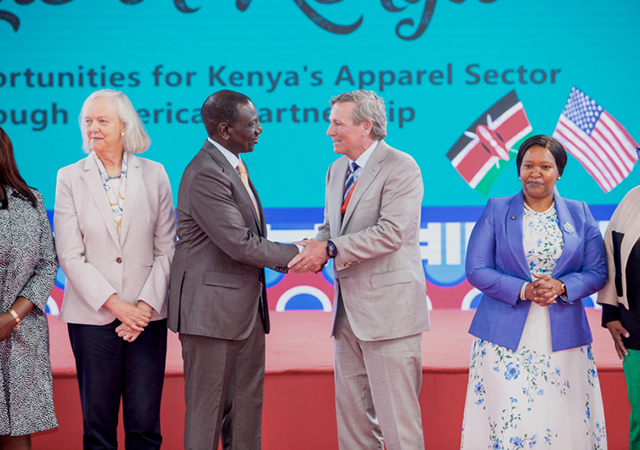


















.jpg)

